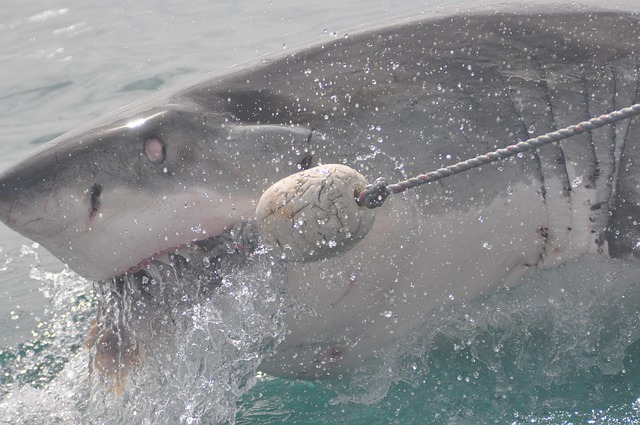A 40-year-old tourist was swimming and filming about 100 metres from the shore in Hadera, off the coast of Israel, when he was suddenly surrounded by a group of dusky sharks, a species usually regarded as harmless to humans. Witnesses reported that one shark lunged towards his GoPro camera, before they heard him cry out: “Help… they’re biting me,” as the water turned red and fins became visible at the surface. Local reports state that rescue boats were unable to reach him in time.
++ Young footballer, 20, dies after motorbike collides with cow on road
The following day, small quantities of human remains were recovered at sea, allowing forensic teams to confirm the victim’s identity. Researchers concluded that he had been attacked and devoured by several sharks amid a feeding frenzy. The incident, documented in the journal Ethology, marks the first recorded case of a dusky shark fatally attacking a person.
Researchers believe the extremely rare attack resulted from a combination of human error, environmental disruption, and instinctive behaviour triggered during intense feeding. Dusky sharks can grow up to three metres in length and may appear threatening, but they are typically shy and avoid people. However, warm water discharged from local desalination plants has increasingly attracted large numbers of sharks to the area. Human feeding and waste disposal have also encouraged sharks to remain nearby, especially during the winter months.
++ Pressure mounts on Prince Andrew as Sarah Ferguson secures London home
Tour operators have reportedly thrown scraps into the sea to keep sharks close for visitors, leading these predators to associate humans with food. Scientists have observed a new “begging” behaviour in which sharks approach and even brush against divers. They suggest that competition for food in these waters may override natural caution, prompting feeding frenzies during which accidental bites can escalate into predatory attacks. Experts say the most effective solution is a complete ban on artificial shark feeding to prevent further changes in behaviour and reduce the risk of similar incidents in future.





